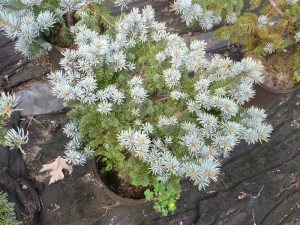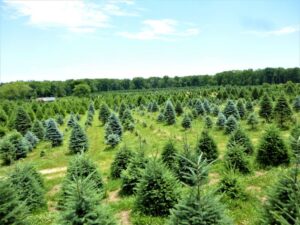New Jersey Secretary of Agriculture Douglas Fisher shared today that Governor Murphy signed Executive Order 310 (attached) concerning the black bear population. EO 310 rescinds EO 34 and states that,
“…in consultation with the [DEP] Commissioner, I have determined that a regulated bear hunt that takes place on both state and private lands is necessary to protect New Jersey residents from harm and reduce the threat of tragic human-bear interactions, and I have concurred with the Council’s Statement of Imminent Peril; and
“WHEREAS, as a result of this emergency rulemaking, a Bear Hunting Season will take place pursuant to the Comprehensive Black Bear Management Plan and N.J.A.C. 7:25-5.6 from December 5 through December 10, 2022, and will be extended from December 14 through December 17 if necessary to achieve a 20 percent harvest rate;



